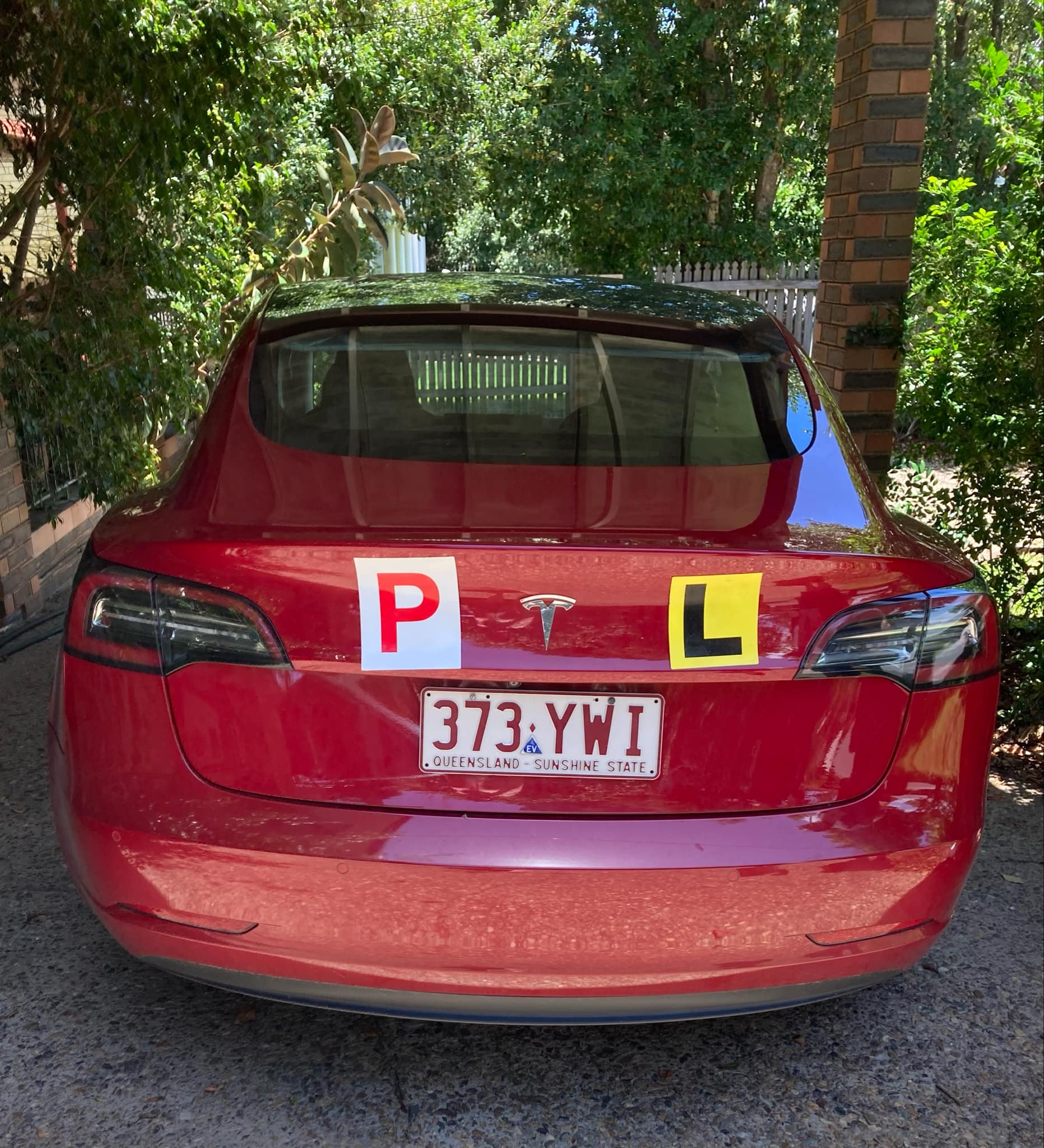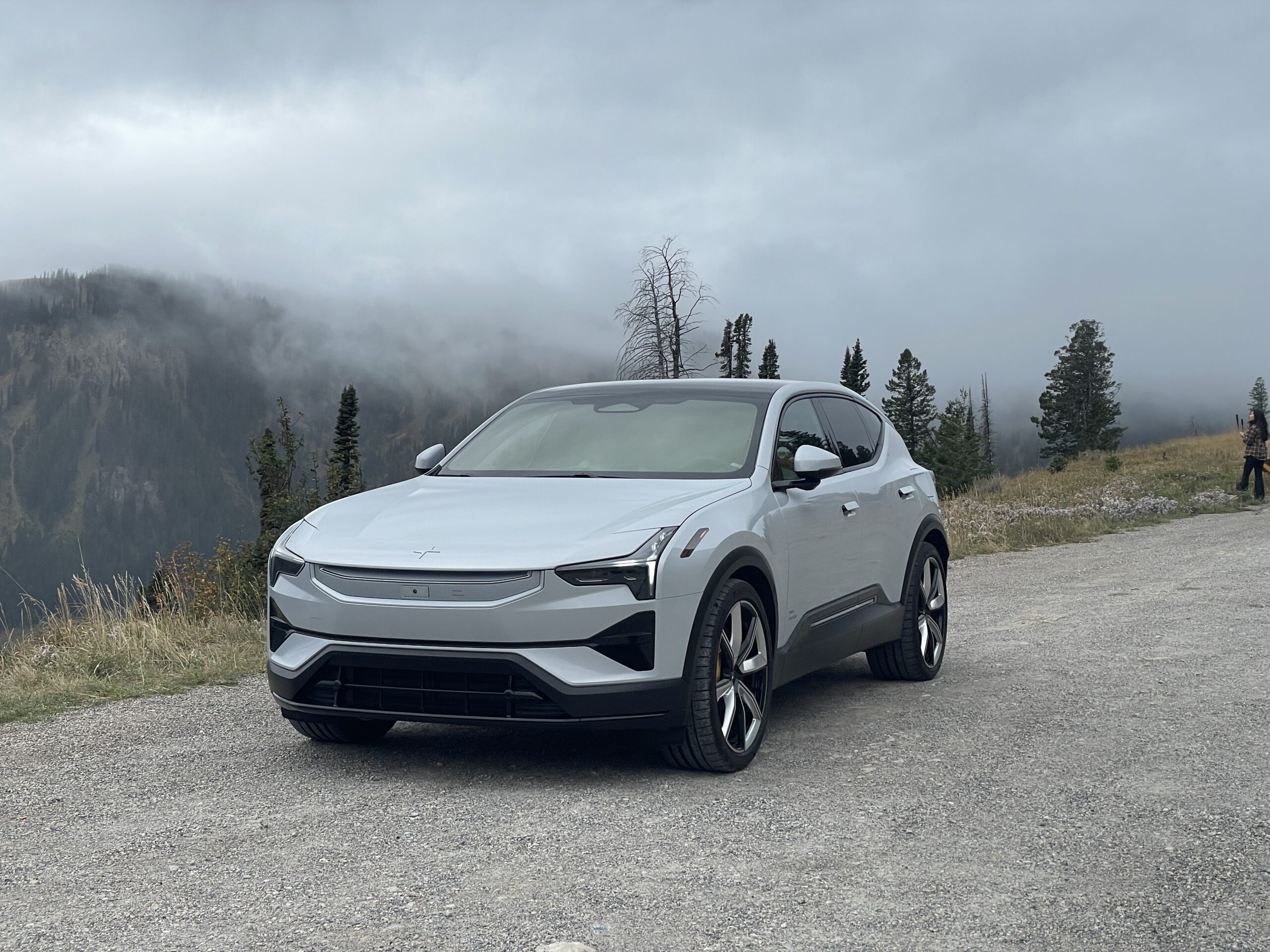
With an additional $8.7 billion in funding through 2026 from the Bipartisan Infrastructure Law (BIL) and clean transportation leadership from Governor Roy Cooper’s office, North Carolina has a renewed opportunity for investments in clean and equitable transportation options.
North Carolina is home to the second largest highway system in the country. Highways have historically cut through and displaced Black neighborhoods and continue to harm BIPOC and low-income residents today with the health, environmental, economic, and social costs associated with living near major roadways.
Currently, the state’s funding processes prioritize building more highways, but through BIL, North Carolina has the opportunity to re-prioritize funds towards healthier and more sustainable alternatives. While roadblocks remain, North Carolina should focus on leveraging BIL in the following ways:
- $7.7 billion for road and bridge repair: When it comes to existing road infrastructure, North Carolina should use a fix-it-first approach to meet its own targets for infrastructure condition. Less than 75 percent of bridges and less than 70 percent of lane miles are in good condition statewide, costing the average North Carolina driver $500 per year in repair costs.
- $129 million for safety: Pedestrian and bicyclist deaths have risen in recent years, and North Carolina is not meeting its own targets for safety. Increased funding is an opportunity to invest in Vision Zero projects that decrease vehicle fatalities and make walking and biking safer. Metropolitan and rural planning organizations (MPO/RPOs) should be sure to apply for additional competitive grants such as Safe Streets and Roads for All (SS4A).
- $109 million for EV infrastructure, $171 million for emissions reduction, and $194 million for resiliency: North Carolina must utilize these monumental investments for climate in BIL towards supporting Clean Transportation Plan priorities, including reducing vehicle miles traveled (VMT) per capita, supporting statewide vehicle electrification, and preparing for and adapting to extreme weather and climate change.
- $920 million for transit: Public transit investment reduces greenhouse gas emissions while improving transportation equity and access throughout the state. The state must use this funding opportunity to strengthen transit connectivity, particularly in historically disinvested BIPOC and rural areas.
From funding to implementation
In North Carolina, transportation projects are selected through a process directed by state law. The 2013 Strategic Transportation Investments (STI) law establishes a data-driven funding formula to select transportation projects included in the Statewide Transportation Improvement Program (STIP). STIPs are federally mandated reports for each state that outline all transportation projects and costs and are updated every 2 years, spanning a 6-year horizon in North Carolina.
Clean transportation advocates seek reform to the STI law, particularly towards:
- Improving accessibility for bike and pedestrian programs: The STI law restricts 40 percent of STIP funds from being used for pedestrian, bicyclist, or public transit projects. This provision, along with the clause that state funds cannot be used for local match requirements for independent bike and pedestrian programs, must be removed from the general statute so that more funding is directed towards pedestrian and bicycle projects. Revising the STI law would especially benefit rural and low-income areas that may not be able to meet local match funds, promoting equitable, active transportation options.
- Increasing support for regional public transit projects: State transit and passenger rail funding in the STI law’s Regional Impact category is limited to no more than 10 percent of the total regional budget. Legislators should re-evaluate this funding cap to improve connectivity between cities and counties and prioritize sustainable transportation options.
- Changing criteria that incentivize highway expansion: Current criteria in the prioritization formula heavily incentivize highway expansion over existing road infrastructure upgrades or alternative modes of transportation. Reducing the weight of highway-centric criteria and adding criteria that account for climate and community impacts would promote transportation projects that benefit North Carolinians and the environment.
The STI law directs a substantial amount of dollars (70 percent of funds) towards the ever-expanding highway status quo—harming people and the environment. Advocates must continue pushing for its reform to see long-term, transformative change at NCDOT.
Using Sales Tax to Fund Highway Improvements is Inequitable
Historically, NCDOT’s revenue comes from motor fuel taxes, DMV fees, and highway use taxes. However, due to better fuel efficiency and falling revenues from motor fuel taxes, the state legislature voted to use $193 million of sales tax revenue for NCDOT funding. By 2025, 6 percent of sales tax revenue ($600 million a year) will flow to NCDOT. This figure may grow as the fuel efficiency of vehicles and the number of electric vehicles on our roads continue to increase.
The allocation of sales tax in North Carolina means that the tax dollars collected from everyday purchases may not result in tangible benefits. People of color, young kids and teens, older people, people with disabilities, and residents who live below the federal poverty level are more likely to use active or public transit than drive alone. For example, the majority of the sales tax generated from a mother buying her child a bike would not go, by state law, towards building infrastructure that makes biking to school or around their neighborhood safer.
Key strategies for equitable transportation
Given the state legislature’s inaction on sustainable and equitable transportation, advocates should look to influence decision makers at the local level, where coordinated advocacy may have significant impacts on the STIP. North Carolina’s 37 metropolitan planning organizations (MPOs) and rural planning organizations (RPOs) represent local needs through the management of long-range regional planning and coordination between municipalities. MPOs and RPOs shape the process and allocation of points towards local and regional transportation projects in the funding prioritization process. Project planning and prioritization must reflect environmental justice and community outcomes, demonstrated by the Charlotte MPO and the Durham-Chapel Hill-Carrboro MPO.
Transportation equity may also be addressed using the Justice40 framework. Many transportation programs are included in Justice40 covered programs, and NCDOT has compiled data in its Environmental Justice / Transportation Disadvantage Index maps to identify communities most in need of investment.
North Carolinians deserve their dollars to go towards mobility choices that will benefit communities. The state faces the biggest opportunity in decades to create environments that are safer, healthier, and more connected for everyone—however, it cannot meet the moment without making significant changes to the statewide STI law with local support and implementation. State advocates must urge state lawmakers to rewrite sections that limit transportation transformation and push MPOs and RPOs to prioritize climate and environmental justice.
Republished from NRDC Expert Blog. By Coral Lin, Stanback Resilient Communities Advocacy Fellow, People & Communities Program
I don’t like paywalls. You don’t like paywalls. Who likes paywalls? Here at CleanTechnica, we implemented a limited paywall for a while, but it always felt wrong — and it was always tough to decide what we should put behind there. In theory, your most exclusive and best content goes behind a paywall. But then fewer people read it! We just don’t like paywalls, and so we’ve decided to ditch ours. Unfortunately, the media business is still a tough, cut-throat business with tiny margins. It’s a never-ending Olympic challenge to stay above water or even perhaps — gasp — grow. So …




